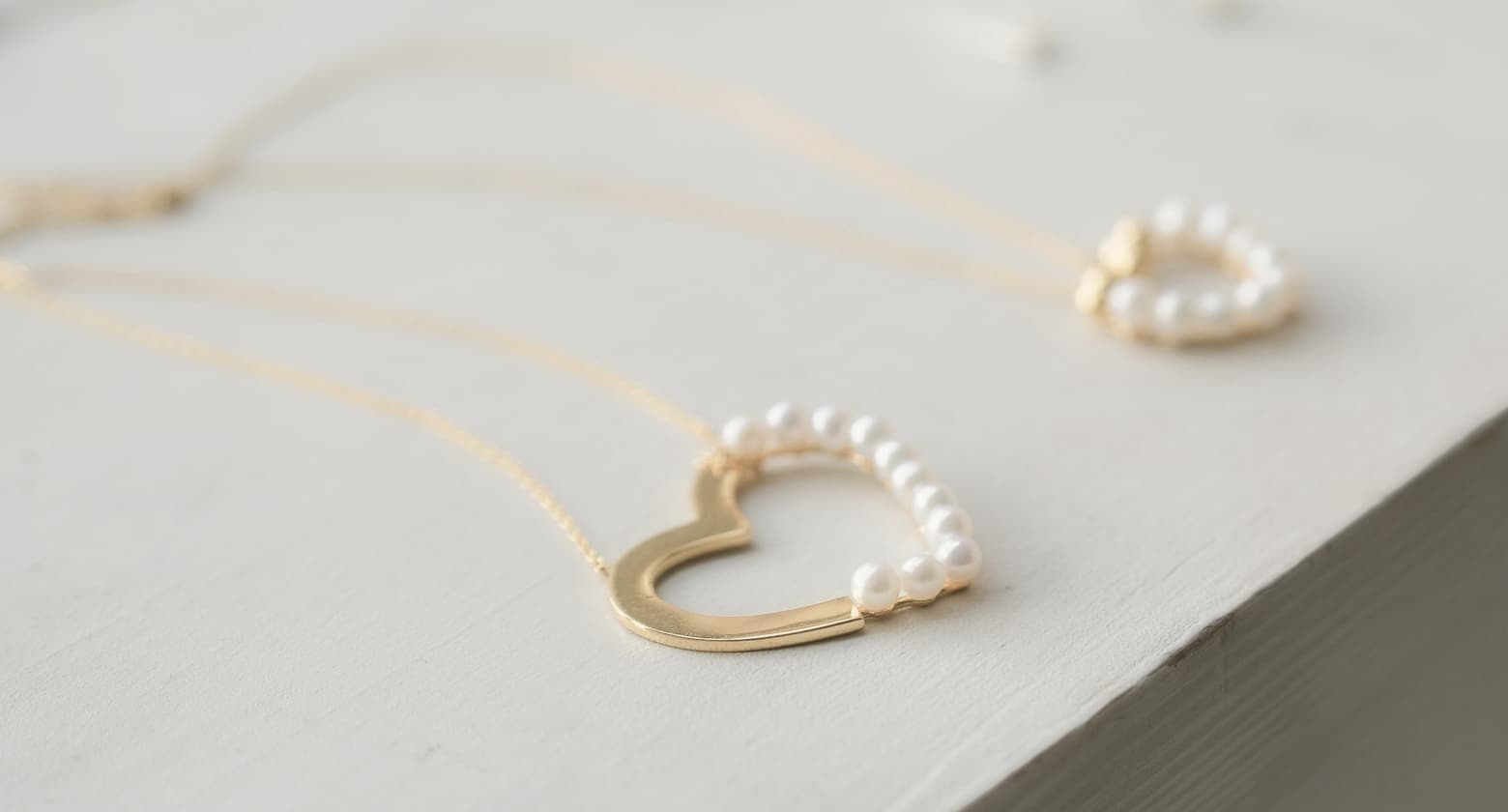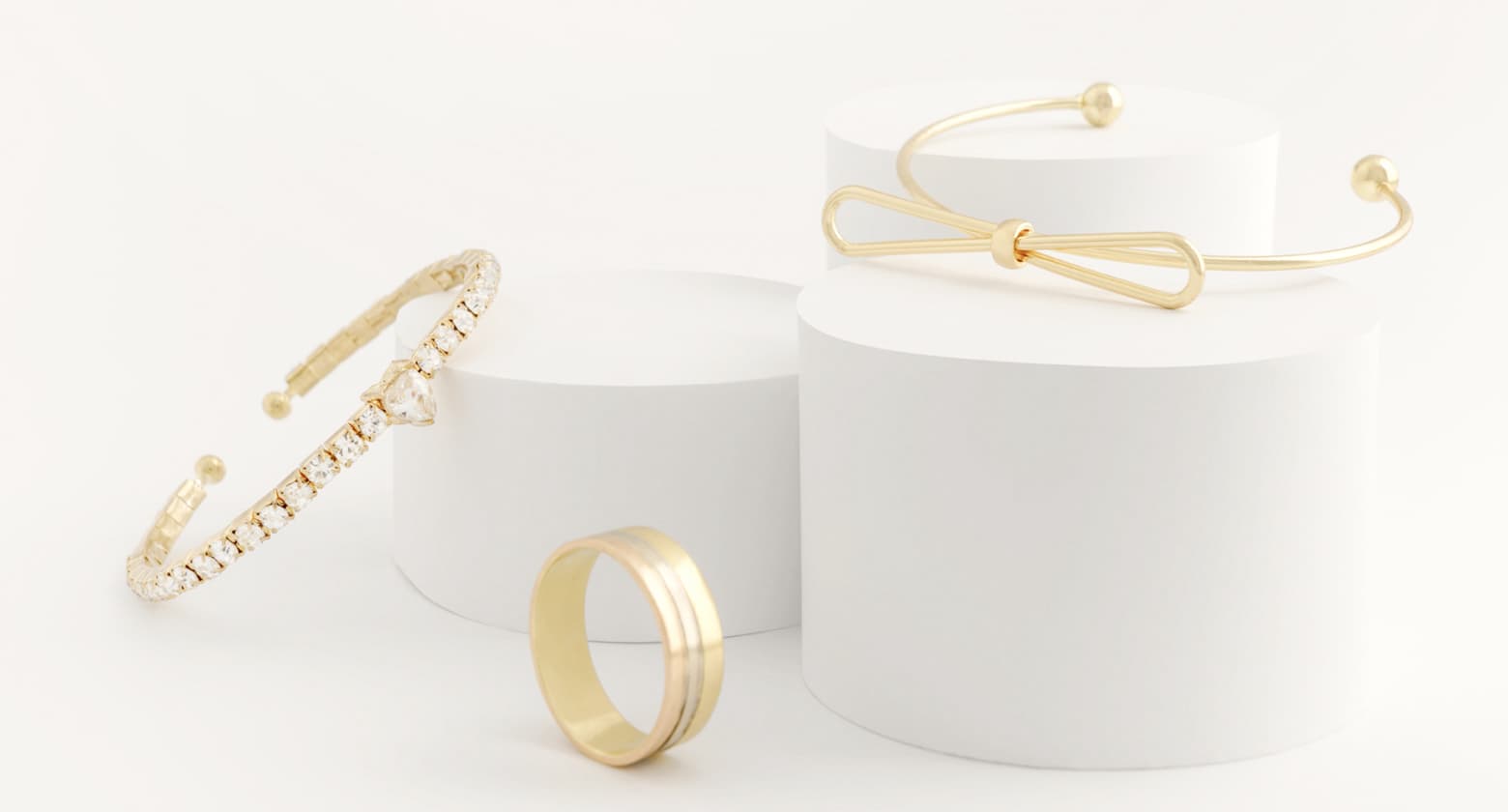



- by admin
- 14.09.2021
- Market Trends
- Comments:29
The synthetic jewelry sector is experiencing a robust transformation driven by evolving consumer preferences, solid market data, and shifting economic landscapes. Recent studies indicate that lab-created gems and other man-made materials are increasingly becoming the go-to choices for modern consumers, largely due to their affordability, environmental benefits, and consistent quality.
Data-Driven Market Insights
Market analytics reveal that the global synthetic jewelry industry is expanding at a notable rate, with forecasts projecting a compound annual growth rate (CAGR) of approximately 8–10% over the next five years. Key market indicators show that as traditional gemstone prices rise, consumers are turning to synthetic alternatives that offer similar visual appeal at a fraction of the cost. The increased scalability of production through advanced synthesis techniques, such as the Czochralski method for Yttrium Aluminum Garnet (YAG), further reinforces supply stability and price predictability.
Furthermore, data highlights a growing regional demand in North America and Europe, where ethical sourcing and sustainability have become significant purchasing criteria. As more jewelers and designers adopt lab-grown stones, market penetration continues to rise, fostering a competitive ecosystem that encourages innovation in both design and production processes.
Evolving Consumer Trends
Modern consumers are increasingly influenced by the twin drivers of sustainability and value. The shift towards ethical consumerism has seen a surge in demand for synthetic jewelry, as buyers become more aware of the environmental and social implications of mined gemstones. Lab-created gems not only reduce the ecological footprint but also provide traceable, conflict-free alternatives that resonate with a younger, eco-conscious demographic.
Social media and digital platforms play a pivotal role in shaping these trends. Influencers and online reviews have elevated the status of synthetic jewelry, emphasizing its aesthetic versatility and customizable nature. Consumers now look for pieces that tell a story—not just of luxury, but of innovation and responsibility. This trend is further bolstered by the rising popularity of bespoke and artisanal jewelry designs that utilize synthetic materials to create unique, one-of-a-kind pieces.
Economic Factors Impacting the Industry
The economic environment is another critical element driving the synthetic jewelry market. Fluctuations in global commodity prices and geopolitical uncertainties have put pressure on the traditional gemstone supply chain. In contrast, synthetic alternatives benefit from controlled production environments, resulting in less volatility and more predictable cost structures.
Moreover, advancements in production technology have significantly reduced manufacturing costs. As economies of scale are realized, these cost savings are passed on to consumers, making synthetic jewelry an increasingly attractive investment. The industry’s growth is also buoyed by favorable trade policies and lower import duties in key markets, which further incentivize both producers and consumers to explore synthetic options.
Looking Ahead
The convergence of market data, consumer behavior, and economic trends paints a promising picture for the synthetic jewelry industry. As innovation continues to drive product development and manufacturing techniques improve, the industry is poised to expand its footprint globally. Jewelers who adapt to these changes by incorporating lab-grown stones into their collections are likely to benefit from enhanced brand reputation and access to a broader, more diversified customer base.
In summary, the synthetic jewelry market is emerging as a dynamic and resilient segment within the broader jewelry industry. Data-driven insights, shifting consumer trends, and favorable economic factors collectively suggest that synthetic jewelry is not just a passing fad but a sustainable growth path that aligns with the demands of a modern, conscious, and economically savvy consumer.

